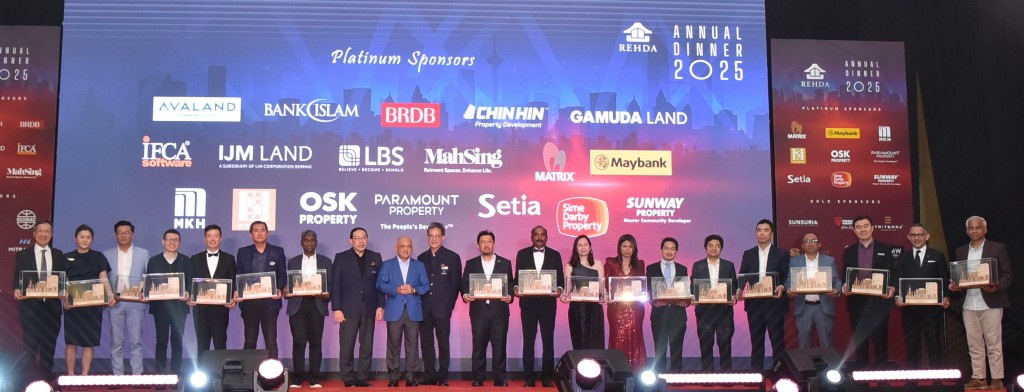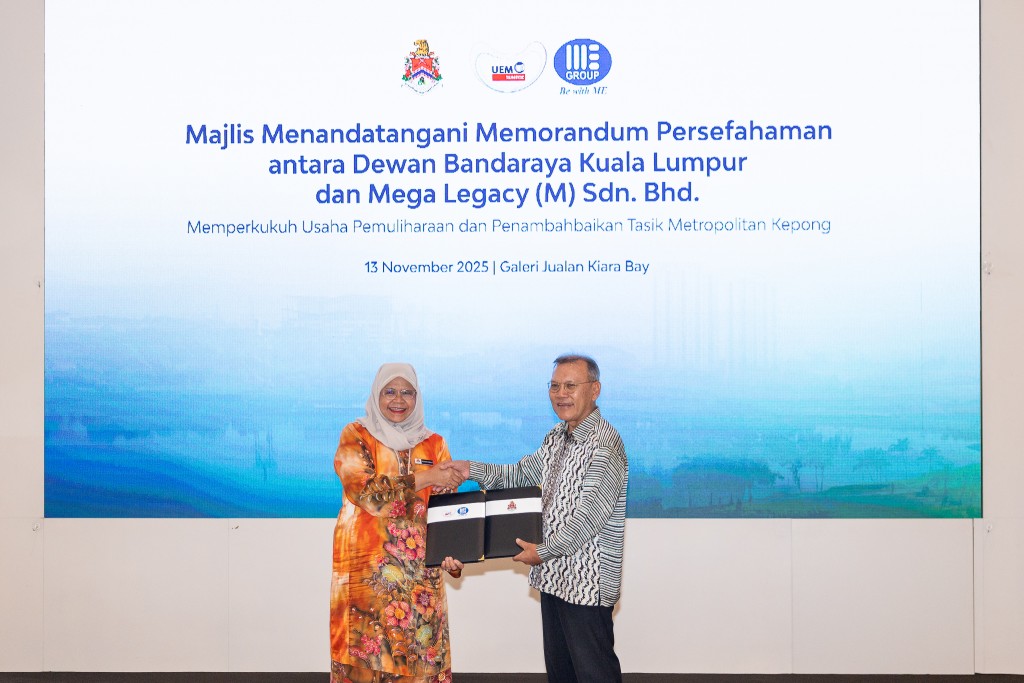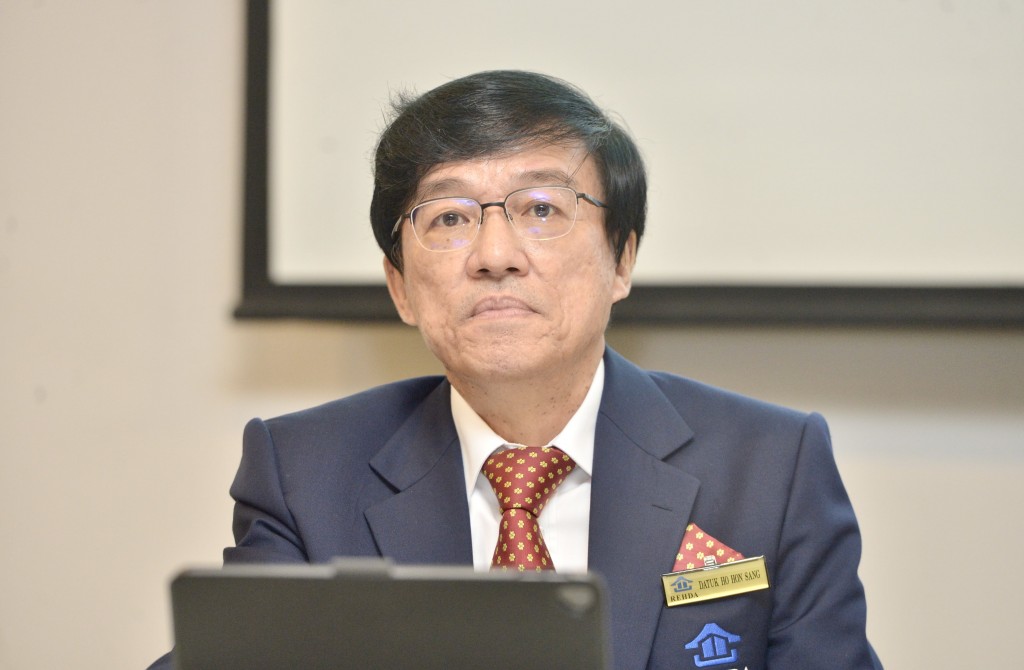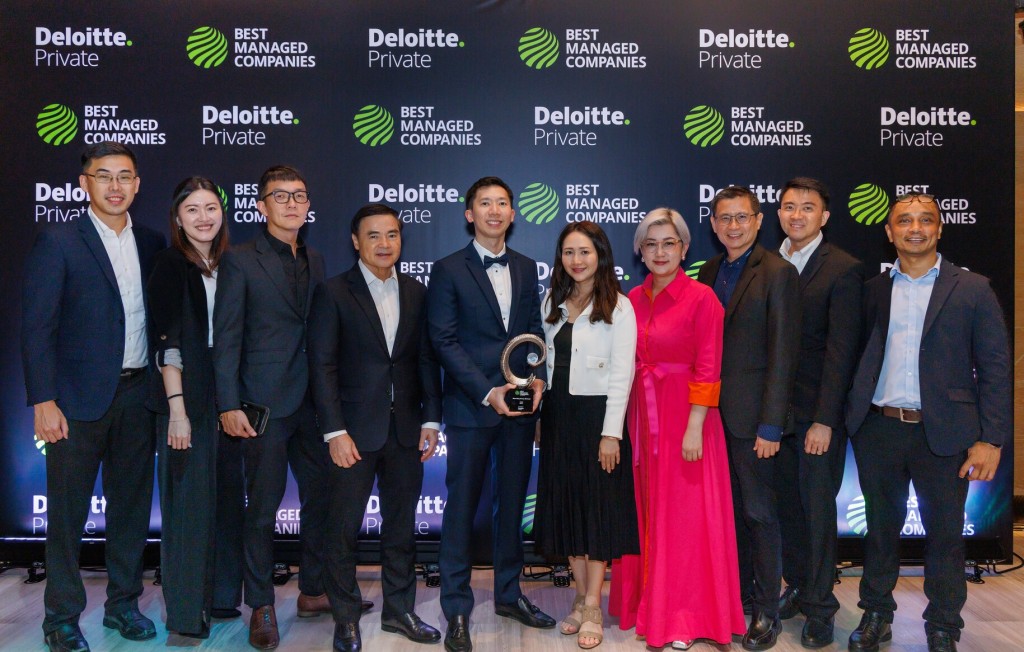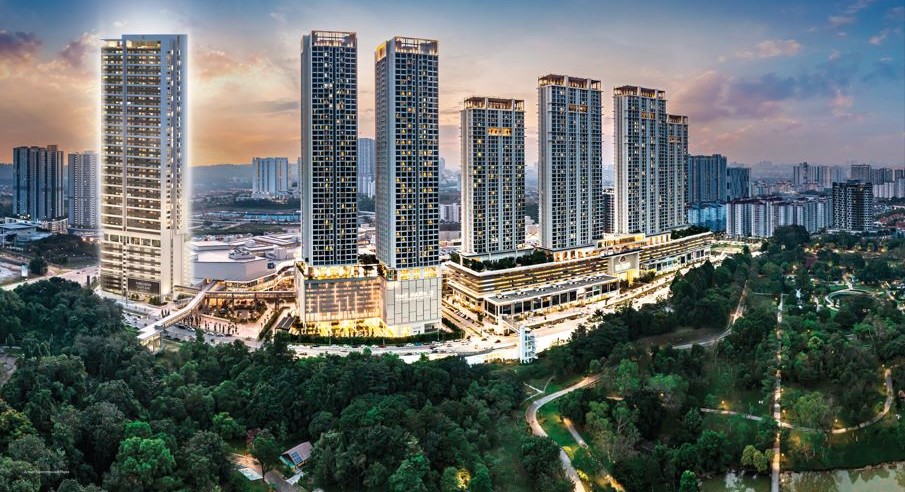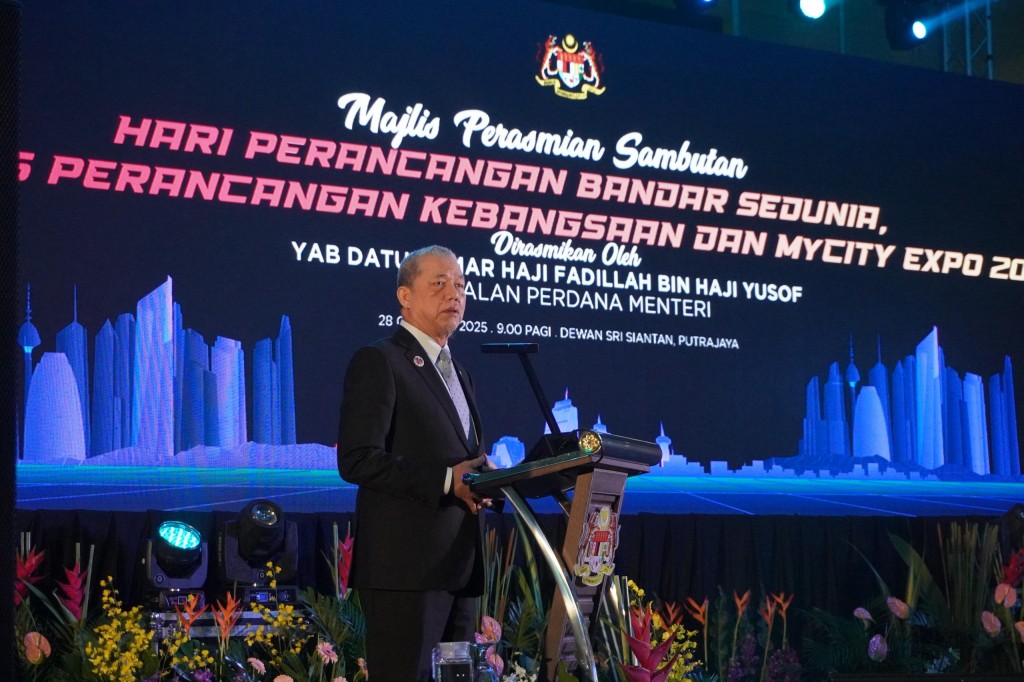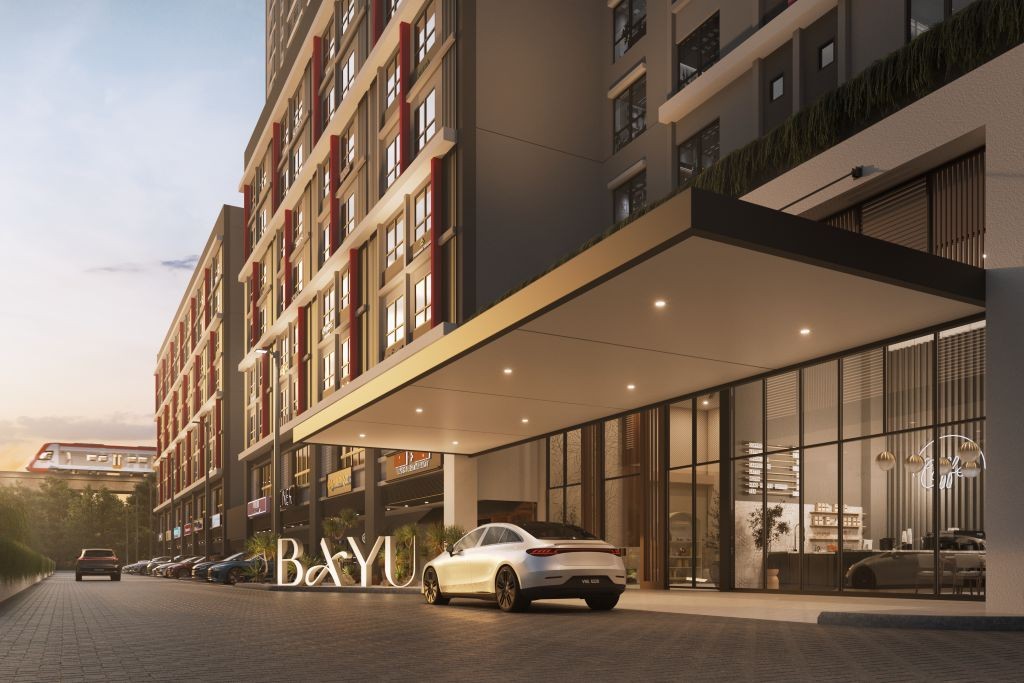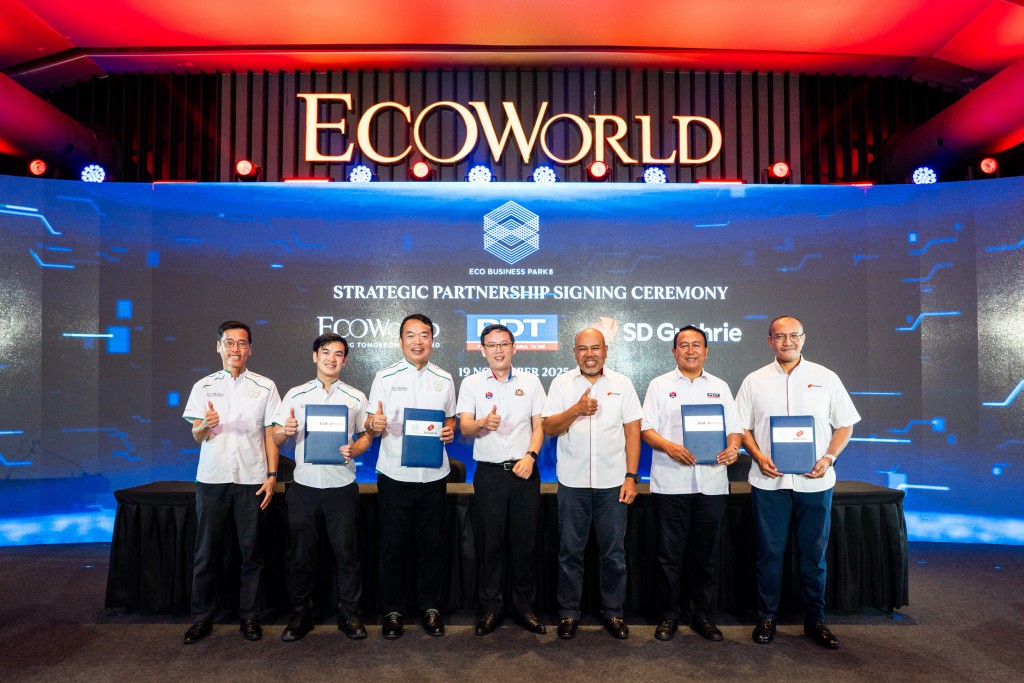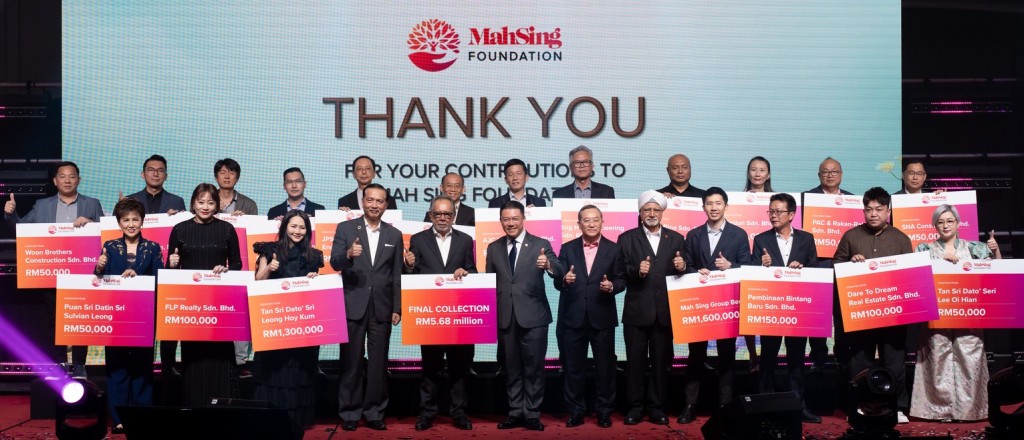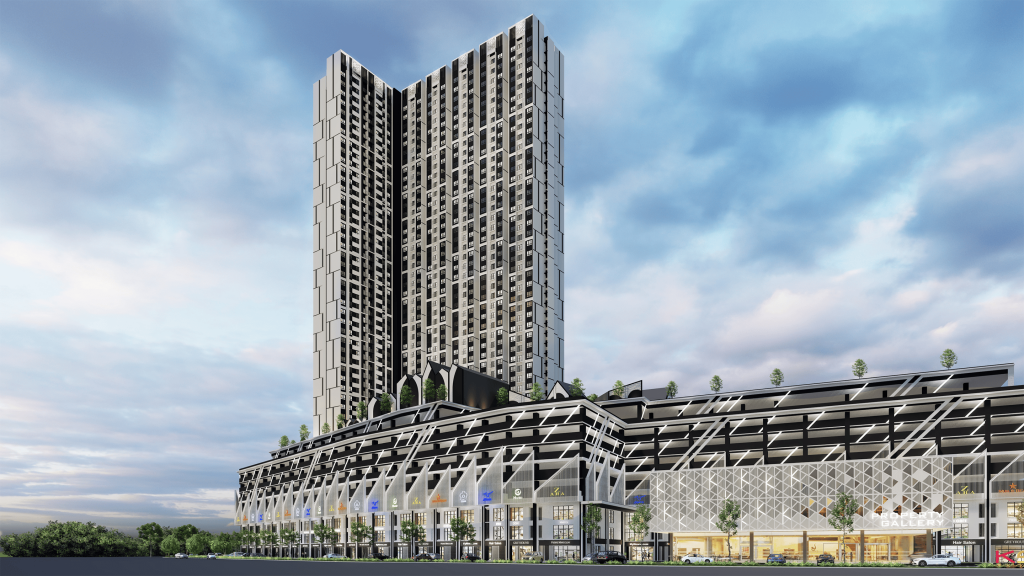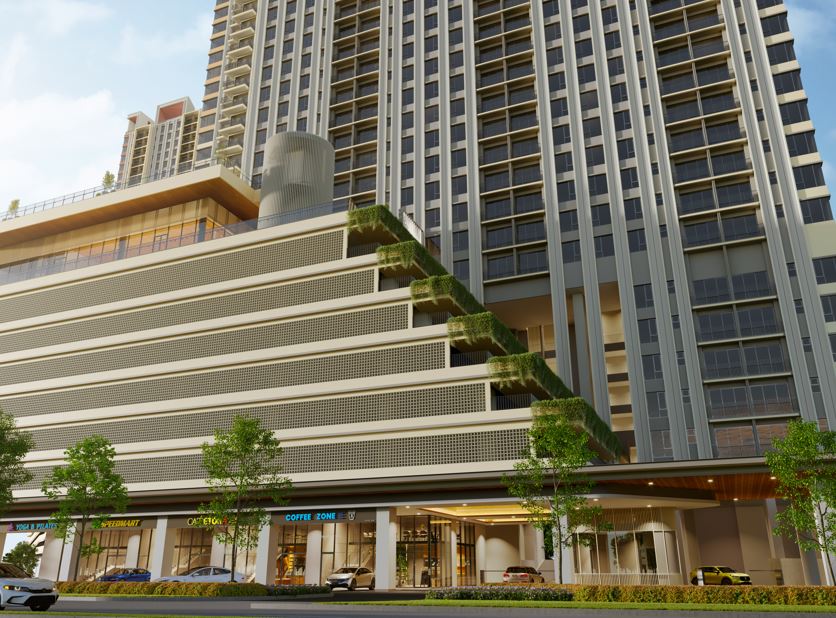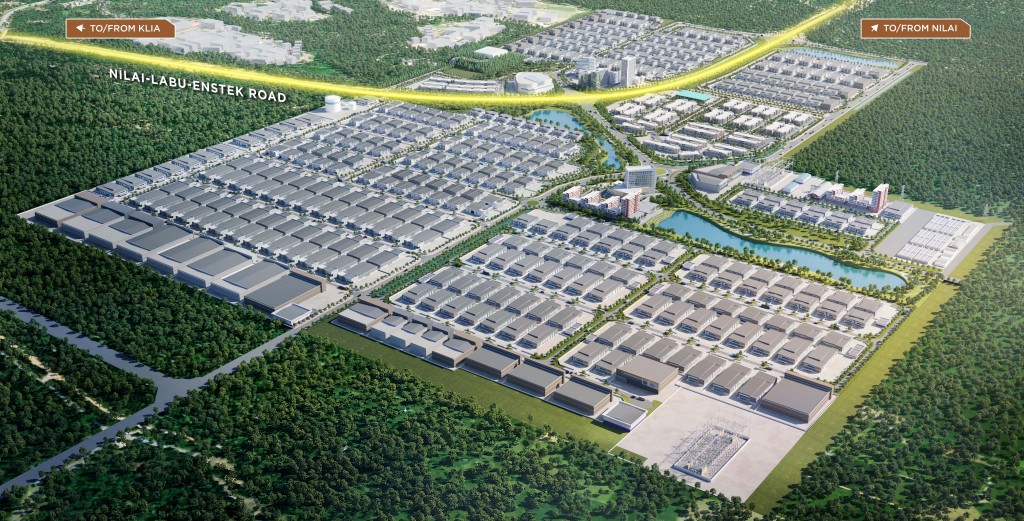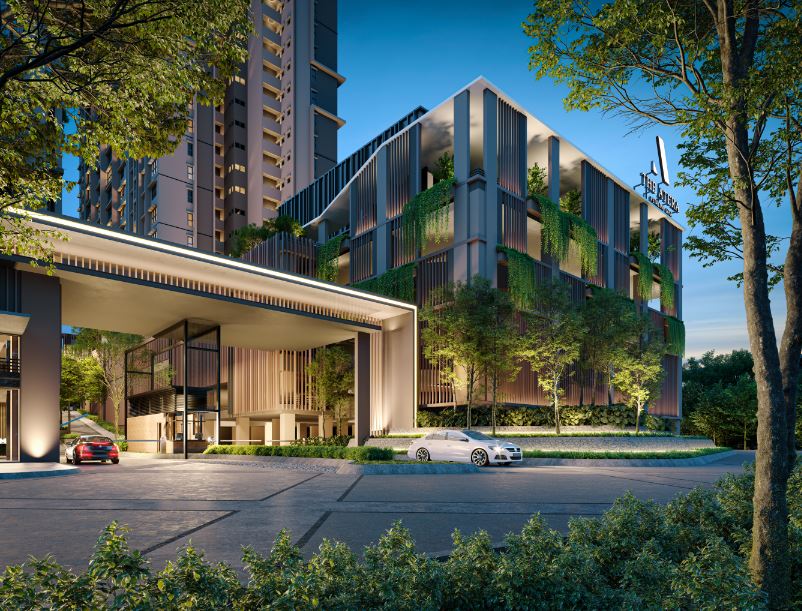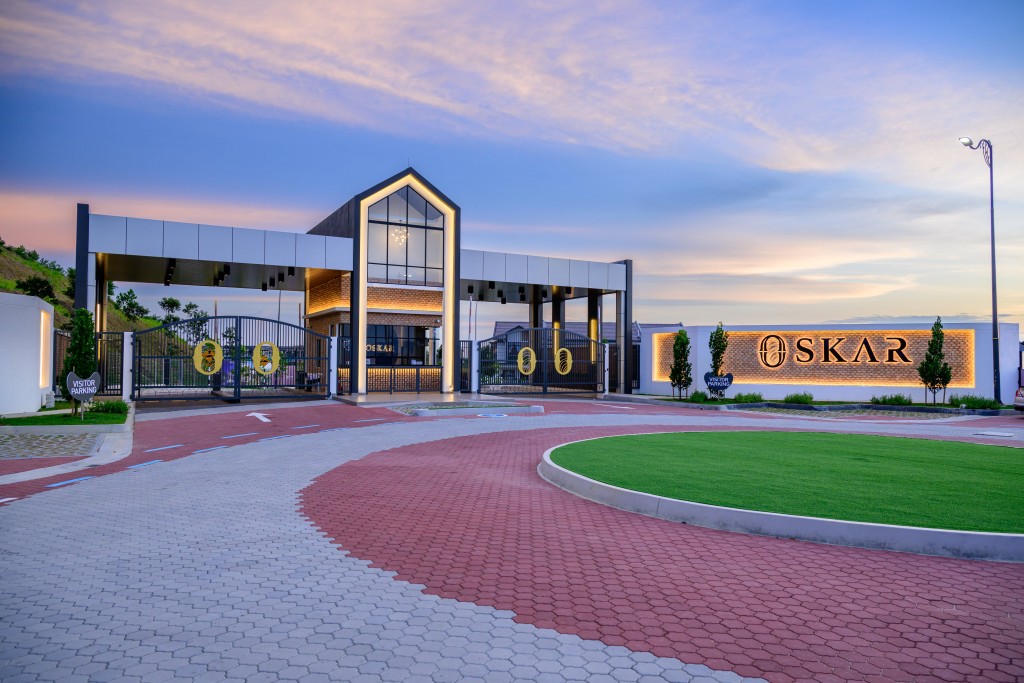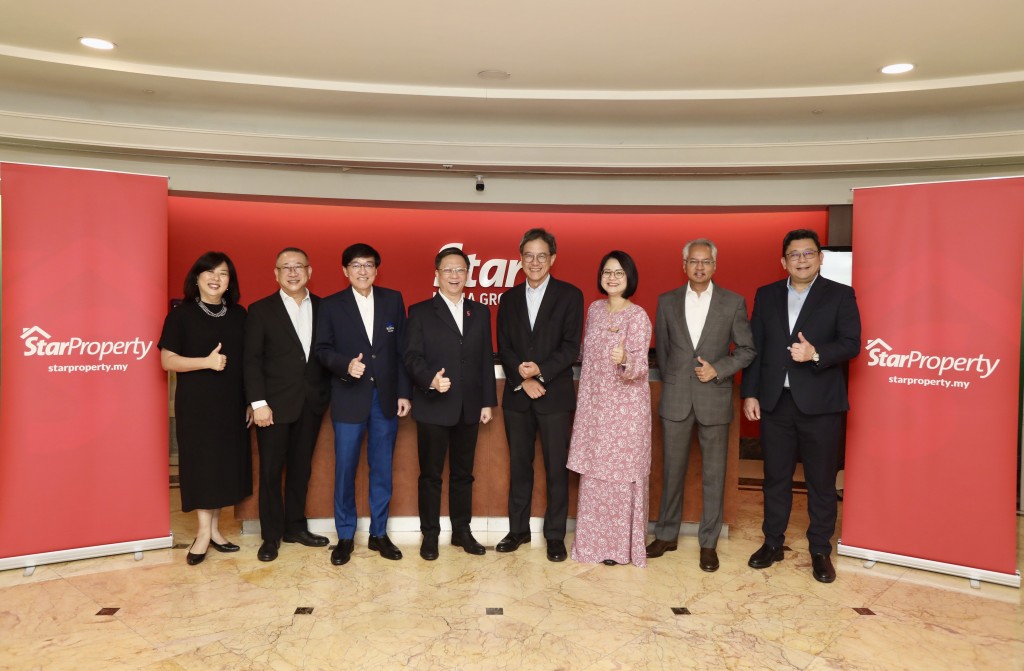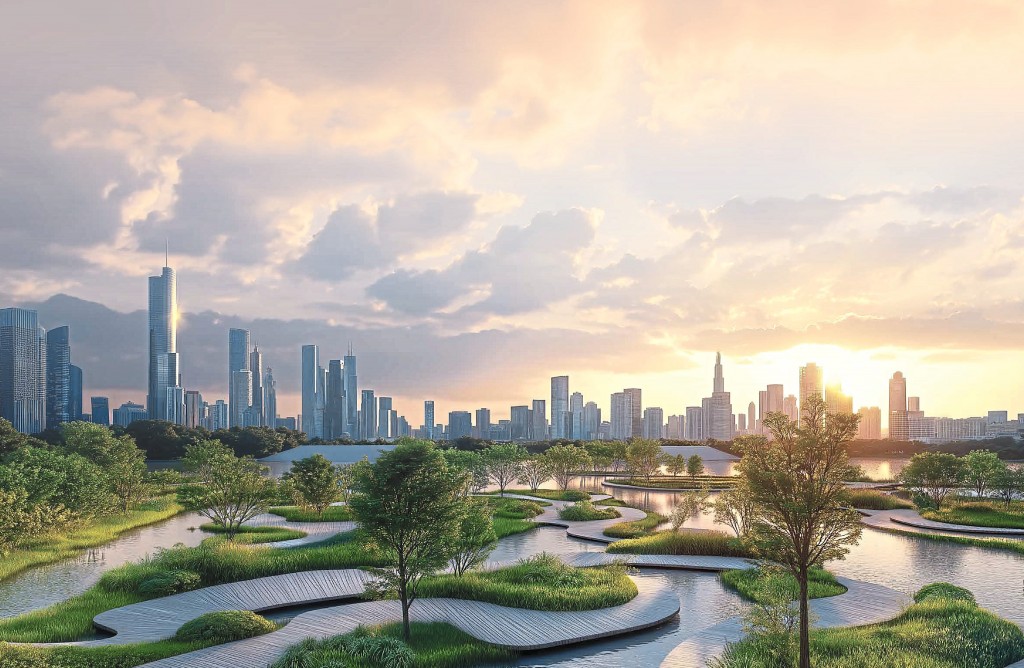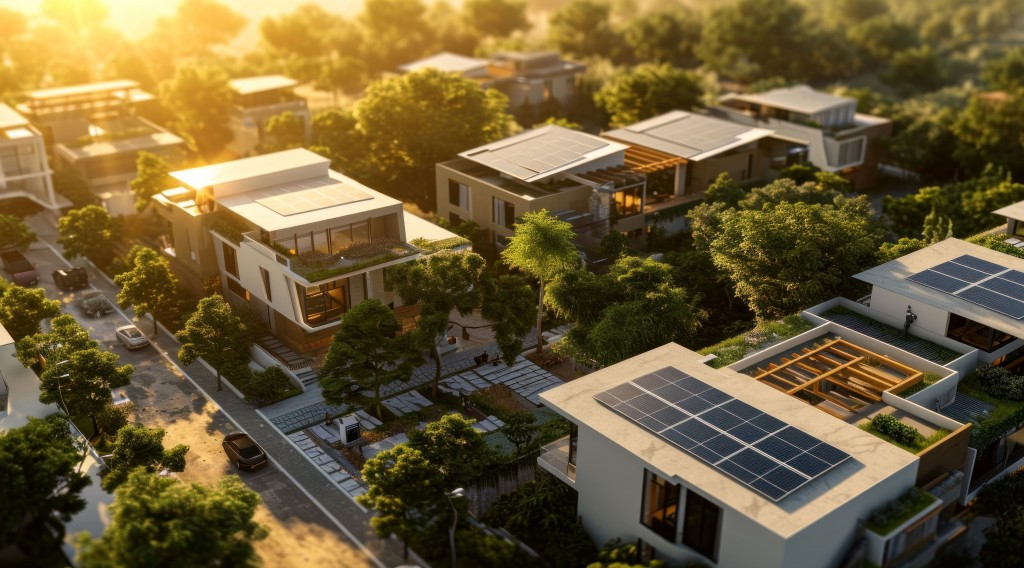
Electric-vehicle chargers, efficient waste disposals and alternative energy sources are increasingly being integrated into homes today. But while such milestones are celebrated and encouraged, how affordable are they to a regular Malaysian?
The real estate sector is responsible for 80% of global greenhouse gas emissions
More than just four walls and a roof, a home is where most Malaysians spend the majority of their time. As such, the energy consumption and carbon emissions of homes are frequently studied. Energy efficiency and wastage remain a core subject, with the invention of new technologies attempting to refine such conversion processes further.
As Malaysia steps into new phases of its clean energy journey, it is also where the housing sector starts getting reimagined as a home. Gone are simple bricks and mortar. Electric-vehicle chargers, efficient waste disposals and alternative energy sources are increasingly being integrated into homes today. But while such milestones are celebrated and encouraged, how affordable are they to a regular Malaysian?
The answer may lie in discussions being brought up before, during and after Budget 2026. Subsequent policy frameworks have made it clear. The push for greener living is no longer optional and global statistics paint a clear picture. A study by Planning Malaysia in 2022, quoting the Royal Institution of Chartered Surveyors, states that the real estate sector is responsible for 80% of global greenhouse gas emissions, consuming 75% of the world’s natural resources.
The Green Building Index (GBI) also conducted a survey that found efforts to spread climate change awareness have pushed the green buildings market for investment in both supply and demand sides. As a result of the increasing trend in green real estate projects, arithmetic data showed a reduction of 200,000 tonnes of carbon dioxide emissions in the Malaysian construction sector.
For the regular Malaysian, the question is no longer if green homes will become mainstream but how soon and how accessible they will be.
The green policy push
Malaysia’s green living transition has gained a fresh new momentum when it comes to policies. The government has extended and enhanced its Net Energy Metering (NEM) programme, allowing more homeowners to generate their own renewable energy through rooftop solar systems. E-rebates for energy-efficient appliances are also being rolled out to help families cut electricity bills while reducing demand on the grid.
Beyond homes, Budget 2025 channelled funding into biodiversity corridors, flood mitigation efforts and ecological fiscal transfers. These all feed into building climate-resilient communities. These policies send out signal beeps that the government is taking clean energy transitions relatively seriously but achieving an impactful overall outcome depends on whether households and developers are willing to embrace these opportunities.
Barriers to going green
Yet despite policy progress, the path to green housing is not without hurdles. Developers and homeowners alike continue to cite high upfront costs as the main barrier. According to the Malaysian Green Technology and Climate Change Corporation (MGTC), many sustainable materials, from solar panels to eco-certified paints, carry a hefty premium that deters wider adoption.
Additionally, there is the issue of accessibility. In urban centres, eco-friendly materials and technologies are increasingly available. In rural and emerging areas, however, the supply chain remains thin. Enforcement of green building regulation is still inconsistent, with developers calling for clearer, standardised incentives to balance cost pressures.
“One of the best ways for the government to support the industry’s sustainability transition is by clearly outlining its ESG priorities and demonstrating leadership through policy direction. For instance, there are many low-hanging opportunities to upgrade and retrofit existing buildings, which can often deliver greater environmental impact rather than new construction. With the right incentives to improve returns on investment, more building owners would be encouraged to take this step,” opined Sime Darby Property Bhd group managing director and chief executive officer Datuk Seri Azmir Merican.
“Secondly, the current building and construction industry supply chain is still developing the capabilities needed to meet evolving ESG requirements. Government-backed grants or incentives for upskilling initiatives would accelerate the industry’s readiness and equip our workforce with the necessary skills to embrace and move on to this new area,” he suggested further.
Tropicana Corporation Bhd chief executive officer Ong Chou Wen brought up the potential usage of carbon credits. If developers can earn carbon credits for the utilisation of green, recyclable materials, it might push the incentive further.
IJM Land Bhd chief operating officer Datuk Chai Kian Soon added that the situation differs for different household incomes. “Protecting the environment comes with a cost. Higher-end properties can absorb the cost but we can’t for affordable ones. We need certain incentives to come in. A green certified building for the low-cost or medium-cost housing.”
“As a developer, we need that kind of facilitation as well as the more affordable category. Probably not the higher one because it does not have much impact. Put a solar panel in there and an additional RM15,000 to RM20,000, depending on the kilowatt. That doesn't impact the home buyer too much. But RM14,000 or RM15,000 to a house that’s costing RM400,000 or probably RM300,000 and below is a big number. So they affect affordability in a sense. The tendency is that for those properties, as a developer, we try not to actually incorporate those in. So that probably defeats the whole completeness of having ESG compliance for a developer. If we can do that separately, get some incentive for the lower affordable housing, that will be a more complete kind of ESG compliance that can be afforded by us as a developer,” he voiced.
Milestones and future improvements
Despite these challenges, Malaysia’s green building sector is growing steadily. At the end of 2023, more than 300 million sq ft of built space had been certified under green building standards such as Green Building Index (GBI) and GreenRE. Passive design strategies like better ventilation, natural lighting and shading are becoming more common in new homes. Affordable technologies, such as LED lighting and low-VOC paints, are already making their way into mainstream projects.
Looking ahead, the future of green living will hinge on collaboration between government, developers and homebuyers. Developers are pushing for targeted fiscal incentives ranging from tax breaks to lower compliance charges to make green investments viable. Additionally, developers stress that sustainability should integrate with urban design, emphasising that green homes need to connect with public transport and community planning.
They express readiness to collaborate with the government to create affordable and sustainable living environments.
The momentum is clear. Policies are in place, awareness is growing and developers are ready to innovate. But to truly make green homes mainstream, Malaysia must bridge the gap between affordability and sustainability.
Stay ahead of the crowd and enjoy fresh insights on real estate, property development and lifestyle trends when you subscribe to our newsletter and follow us on social media.

